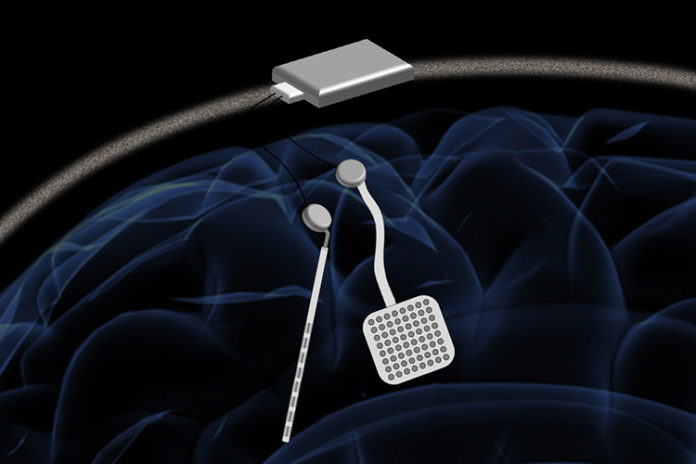Engineers at UC Berkeley have developed a brain pacemaker that sends electric impulses thus stimulating areas of the brain affected in Parkinson’s
A brain pacemaker could be the answer to the tremors that make living with Parkinson’s disease so difficult.
Engineers at UC Berkeley have developed a device that sends electric impulses to the brain – much like a pacemaker does to the heart – thus stimulating areas of the brain affected to function normally. The device works not just for Parkinson’s disease but also for epilepsy. Caused by imbalance of a brain chemical called dopamine, Parkinson’s disease is defined by Mayo Clinic as a progressive nervous system disorder that affects movement. Symptoms start gradually, sometimes starting with a barely noticeable tremor in just one hand. Tremors are common, but the disorder also commonly causes stiffness or slowing of movement.
The device called WAND (wireless artifact-free neuromodulation device) can detect changes in the electrical status of the brain, in fact, it does so from 128 different points. When it senses that the normal activities have been hampered, it stimulates the brain
The device called WAND (wireless artifact-free neuromodulation device) can detect changes in the electrical status of the brain, in fact, it does so from 128 different points. When it senses that the normal activities have been hampered, it stimulates the brain. The workings of the device were unveiled by the researchers in an article in Nature Biomedical Engineering.
“Closed-loop neuromodulation systems aim to treat a variety of neurological conditions by delivering and adjusting therapeutic electrical stimulation in response to a patient’s neural state, recorded in real time. Existing systems are limited by low channel counts, lack of algorithmic flexibility, and the distortion of recorded signals by large and persistent stimulation artefacts. Here, we describe an artefact-free wireless neuromodulation device that enables research applications requiring high-throughput data streaming, low-latency biosignal processing, and simultaneous sensing and stimulation,” the researchers reported.
While the device has been found to be effective in laboratory studies in animals, it would require adjustments in patients to be used as therapy. Doctors will have to do so keeping in mind the progression of the disease and the brain areas affected in individual patients.



[…] Supply hyperlink […]
[…] (adsbygoogle = window.adsbygoogle || []).push({}); Source link […]
[…] Brain pacemaker from UC Berkeley can treat Parkinson’s, epilepsy Medibulletin […]